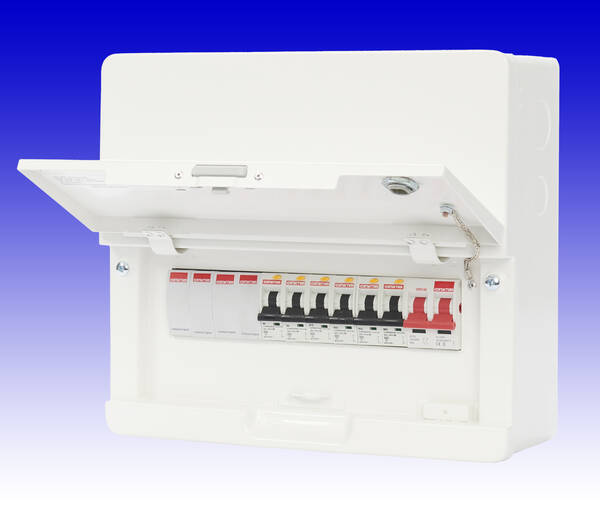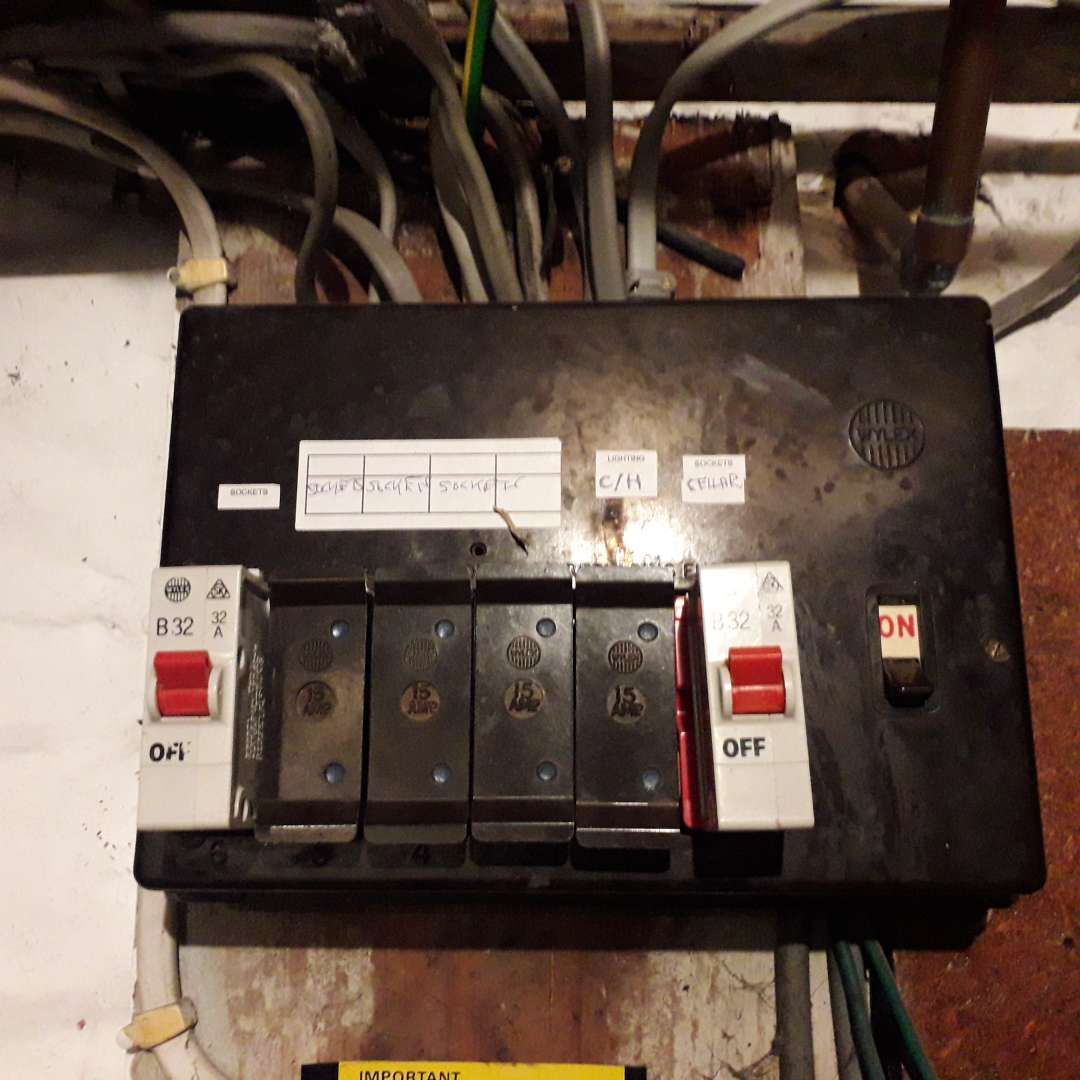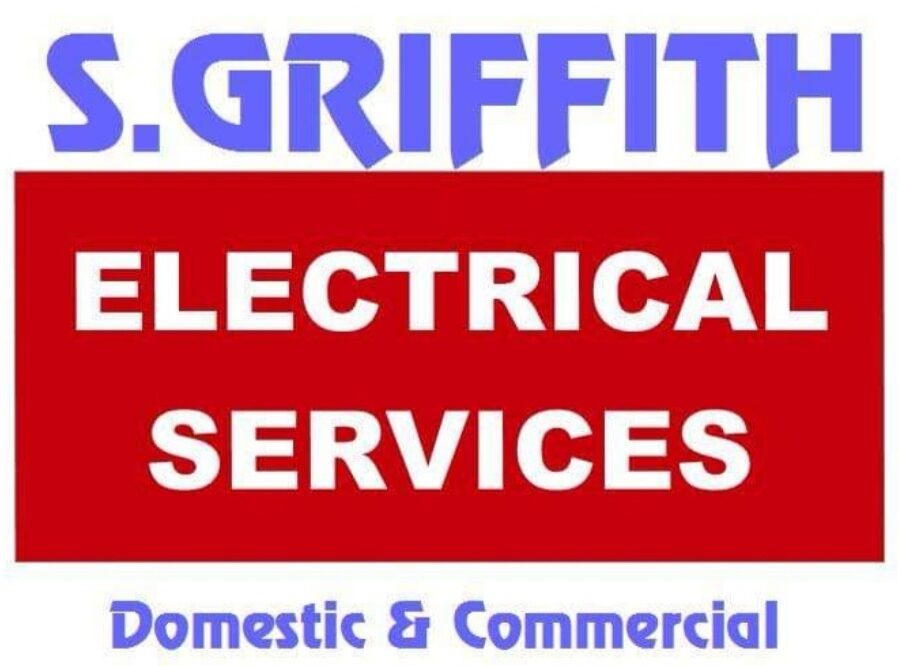
Consumer unit
A consumer unit, often called a fuse box, is the main hub for managing your home’s electricity. It’s where electricity from the utility company enters your house and gets split into different circuits, powering everything from your lights to your appliances. Inside the consumer unit, you’ll find essential safety devices like circuit breakers and Residual Current Devices (RCDs). These components protect your home by automatically shutting off electricity if there’s an overload, a short circuit, or a potential shock hazard. Modern consumer units also include Surge Protective Devices (SPDs) to guard against power surges. Overall, the consumer unit is crucial for keeping your home’s electrical system safe and functioning properly.
- Central Hub: Consumer units, or fuse boxes, distribute electricity from the main supply to various circuits throughout the home.
- Safety Devices: They contain safety features such as Miniature Circuit Breakers (MCBs) and Residual Current Devices (RCDs) to protect against overloads, short circuits, and electric shocks.
- Surge Protection: Modern consumer units include Surge Protective Devices (SPDs), which help protect your electronics from power surges and lightning strikes.
- Safety and Reliability: By managing and protecting electrical circuits, consumer units enhance the safety and reliability of your home’s electrical system.
- Ease of Maintenance: Clear labeling and accessible design make it easier to identify and address electrical issues.
- Preventative Measures: They play a crucial role in preventing electrical fires and damage by quickly disconnecting power in the event of a fault.
- Peace of Mind: An updated consumer unit provides reassurance that your home’s electrical system is safe, compliant, and capable of handling modern demands.
When should I change my consumer unit

- Outdated Technology: If your consumer unit resembles the one shown in the picture above, it offers very little protection compared to modern units, given the massive technological advancements over the past 20 years.
- Lack of Safety Features: Older units often lack essential safety features like Residual Current Devices (RCDs) and Surge Protective Devices (SPDs), which are crucial for safeguarding against electrical faults and power surges.
- Inconvenience of Fuse Wires: Older units that use fuse wires instead of modern circuit breakers can be particularly inconvenient, as replacing blown fuse wires is a time-consuming and cumbersome process.
- Frequent Tripping: If your consumer unit frequently trips or shows signs of wear and damage, it’s important to consider a replacement to ensure the safety and reliability of your electrical system.
- Compliance with Regulations: Replacing an outdated consumer unit helps ensure that your electrical system meets current safety standards and regulations.
- Professional Assessment: If you’re unsure about the condition of your consumer unit, having a reputable electrician conduct an Electrical Installation Condition Report (EICR) is advisable to assess its safety and recommend necessary upgrades.

